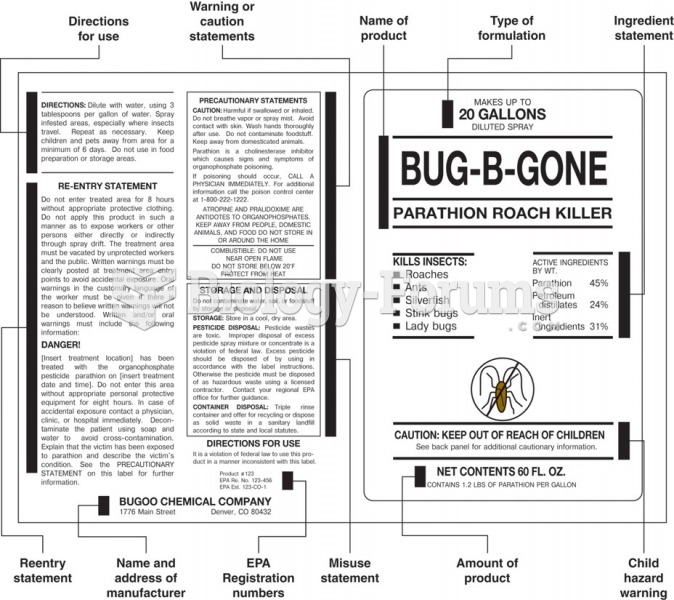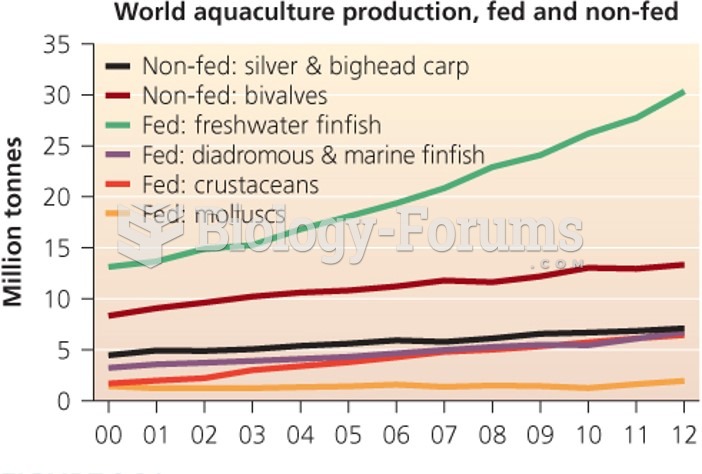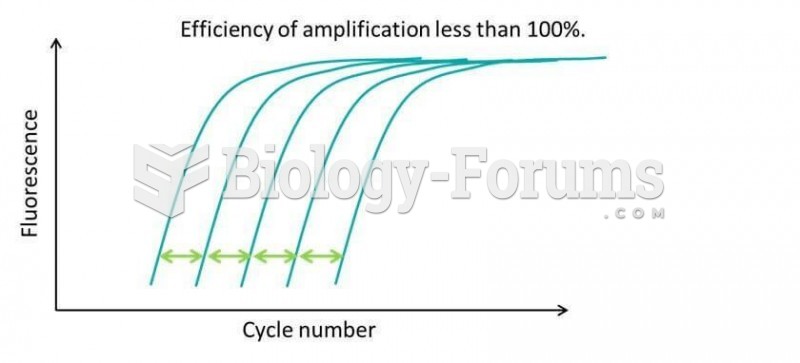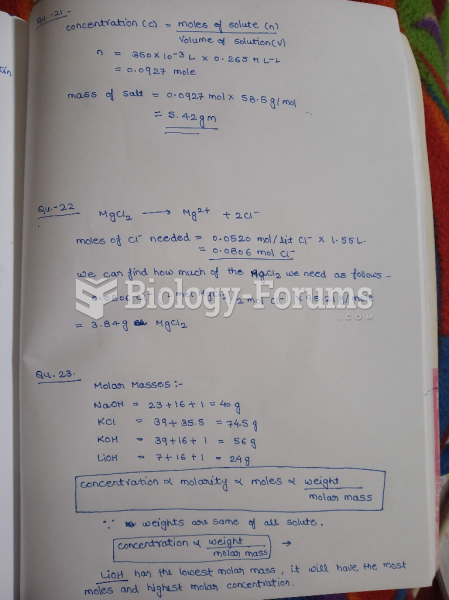|
|
|
It is difficult to obtain enough calcium without consuming milk or other dairy foods.
In the United States, an estimated 50 million unnecessary antibiotics are prescribed for viral respiratory infections.
The top 10 most important tips that will help you grow old gracefully include (1) quit smoking, (2) keep your weight down, (3) take supplements, (4) skip a meal each day or fast 1 day per week, (5) get a pet, (6) get medical help for chronic pain, (7) walk regularly, (8) reduce arguments, (9) put live plants in your living space, and (10) do some weight training.
Persons who overdose with cardiac glycosides have a better chance of overall survival if they can survive the first 24 hours after the overdose.
About 100 new prescription or over-the-counter drugs come into the U.S. market every year.







